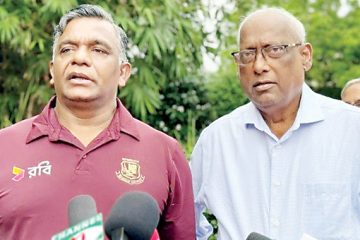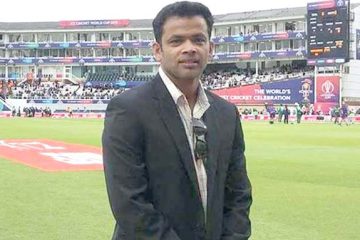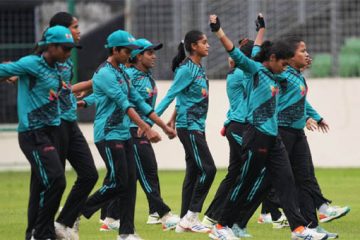Virender Sehwag made Sakib al Hasan regret his decision to field by cracking a superb century to lift India to a massive 370-4 in the opening World Cup match in Dhaka on Saturday.
The sell-out crowd at the Sher-e-Bangla National Stadium and millions of fans watching the match on television were stunned, to say the least, seeing Sehwag hitting all around the park on his way to 175 to end the contest half-way through the game.
They all cursed Sakib for his decision which apparently came against the backdrop of a poor record of the team’s batting first in a day-night game at this venue.
The stadium hosted 16 day-night matches before the World Cup opener and only three of them were won by the teams batting first which clearly influenced Sakib.
Sakib was also wary of the dew factor and as spin was his main weapon, the skipper, himself a left-arm spinner, did not want to risk the side bowling under lights which could have caused a problem for them in gripping the ball.
But it all became irrelevant as Sehwag started his onslaught from the very outset, driving Shafiul Islam through the covers for a boundary off the first ball of India’s innings.
To exact a revenge on Bangladesh for India’s five-wicket defeat in the previous World Cup which led them to a first-round exit, Sehwag was in a ferocious mood sparing no bowlers in his 140-ball innings.
He was so ruthless at the start that Sakib did not dare to use his main seamer Shafiul Islam for more than two overs in his opening spell in which he conceded 20 runs.
Shafiul, spearheading the pace attack in the absence of the injured Mashrafee bin Murtaza was clearly nervous and often bowled short and wide, a disease that quickly spread to other bowlers.
In the 50 overs, Bangladesh bowled 16 wide balls and a no-ball, which is equivalent to almost three overs.
India took full advantage of it and Sehwag led the way with his 14th ODI and second World Cup century.
The only struggle for him was the injury and a runner after the century only helped him continue in the same vein. Before he had dragged a full-length delivery of Sakib onto his stumps, Sehwag gave only one chance to dismiss him and it had nothing to do with his bat.
He was a few inches ahead of his crease at the non-striker’s end when a drive by his partner in a 203-run third-wicket stand touched the hand of bowler Shafiul and nearly fell into the stumps.
A double century for him looked to be a very much possibility until Sakib had him removed in the 48th over. The Indian innings had still 15 balls left with Sehwag only 25 runs away from being the second man to do so after Sachin Tendulkar, who scored 200 not out against South Africa at Gwalior in February 2010.
At least he was within the reach of Gary Kirsten’s 188 against the UAE in Rawalpindi in 1996, the highest individual innings in the World Cup, but at the end of day he could not manage either.
Sehwag however said records were not at all a priority for him. ‘Still there were three overs to go and I had to score 25 runs. So I was not thinking for 200. I was just thinking to bat normally and bat 50 overs,’ Sehwag said after the match.
‘I could not do that. I hope I will do that in next match.’
Sehwag also admitted that he did not face any difficulty in batting on the wicket. ‘I think the wicket was good to bat on and I think after four overs, we decided to go a bit slow.’
‘We discussed that we would go on singles I thought if we would lose early wickets it could be difficult for someone to come in and settle down.’




















